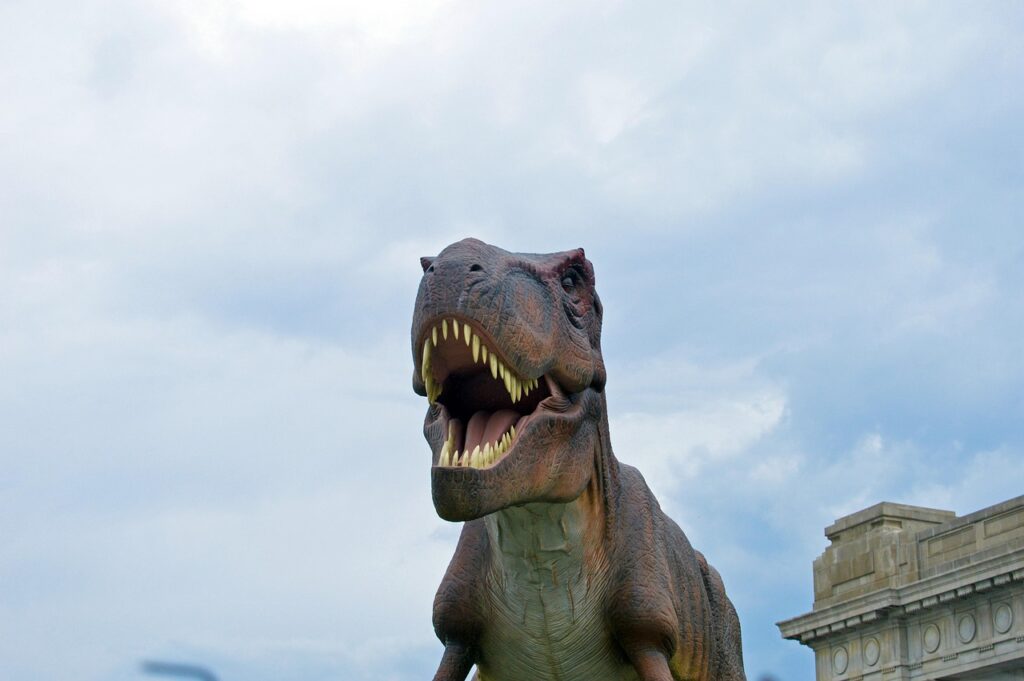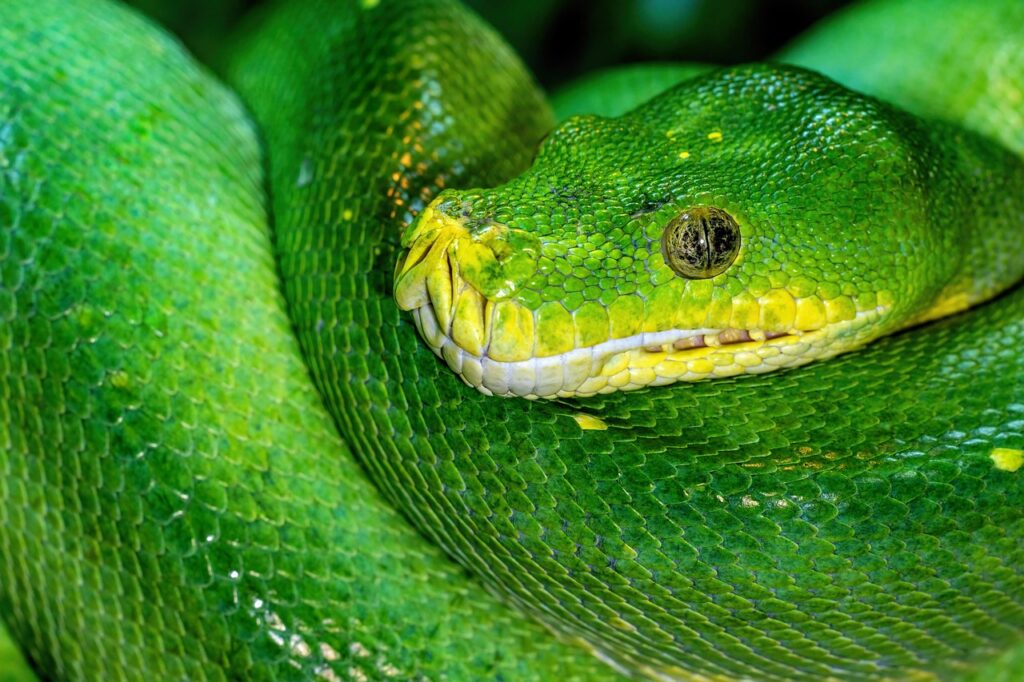Picture this: nearly 165 million years ago, our planet was dominated by creatures so magnificent and diverse that they make today’s wildlife look like a modest neighborhood gathering. While countless species struggled to survive or vanished entirely, dinosaurs didn’t just survive—they conquered Earth in ways that still leave scientists scratching their heads in amazement.
The Revolutionary Body Plan That Changed Everything
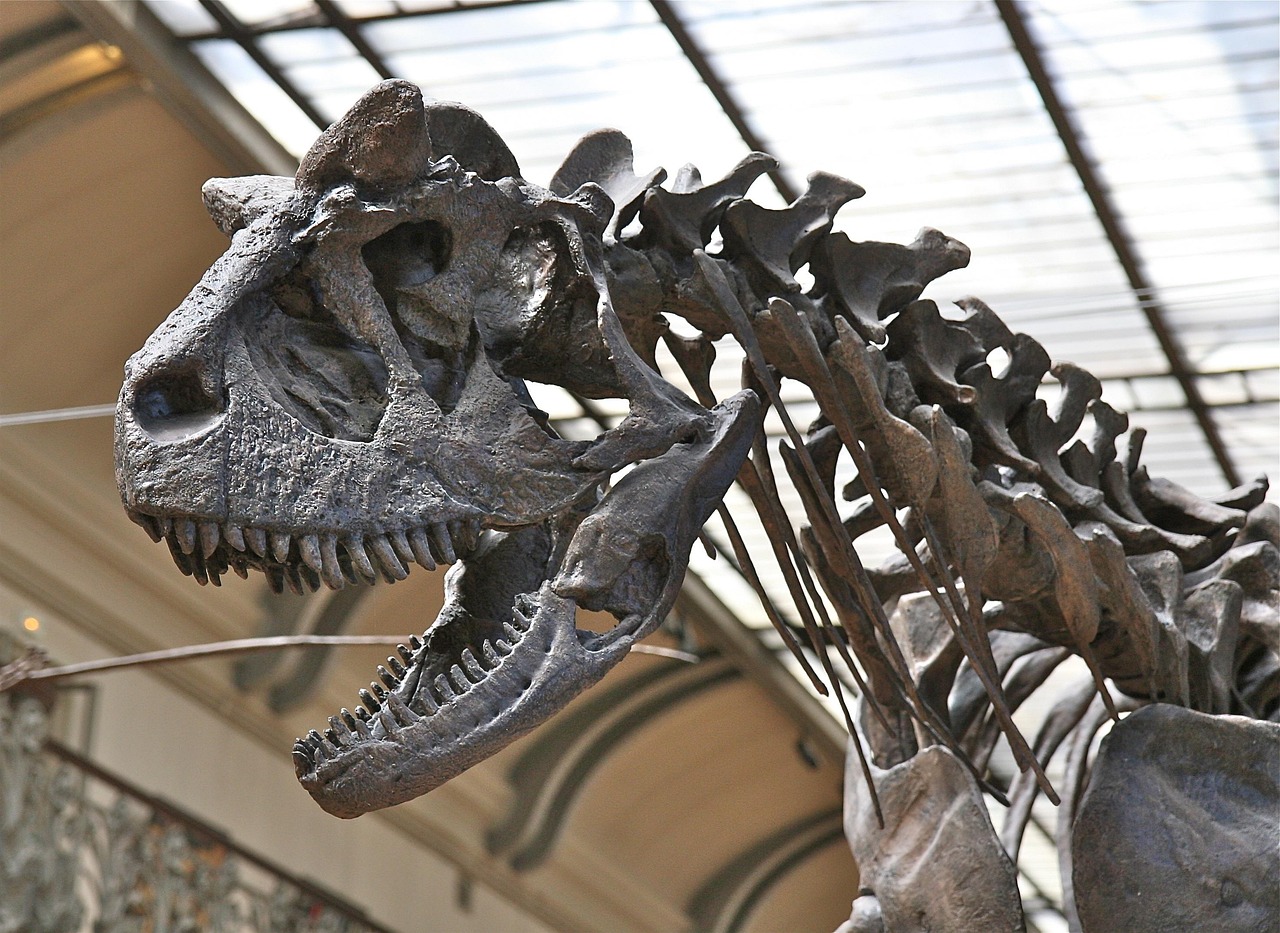
When dinosaurs first appeared during the Triassic period, they brought something entirely new to the table: a revolutionary body structure that would become their secret weapon. Unlike their sprawling reptilian cousins, who dragged their bellies across the ground, dinosaurs developed an upright stance with legs positioned directly beneath their bodies.
This wasn’t just a minor adjustment—it was a game-changing innovation that transformed how these creatures moved through their world. The upright posture allowed for more efficient locomotion, reduced energy expenditure, and enabled both incredible speed and remarkable endurance. Think of it like upgrading from a clunky old cart to a sleek sports car.
Breathing Like Champions
While other reptiles wheezed and gasped their way through life, dinosaurs developed a respiratory system that would make Olympic athletes jealous. Their unique air sac system, similar to what we see in modern birds, allowed for continuous airflow through their lungs rather than the in-and-out breathing of mammals.
This efficient breathing apparatus meant dinosaurs could maintain high activity levels for extended periods without becoming winded. When food was scarce or predators threatened, this superior oxygen delivery system gave them a crucial advantage over competitors who simply couldn’t keep up the pace.
The Temperature Control Advantage
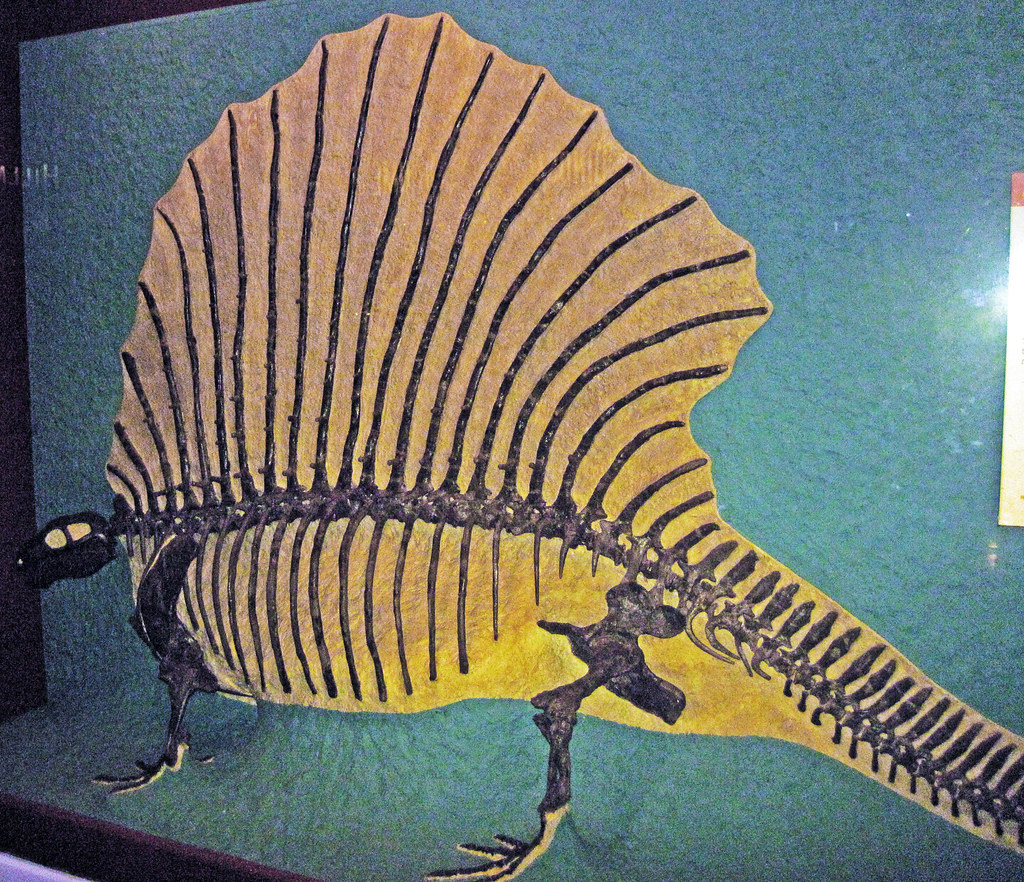
Here’s where things get fascinating: mounting evidence suggests that many dinosaurs were warm-blooded, or at least had sophisticated temperature regulation systems. This meant they weren’t at the mercy of environmental temperature fluctuations like their cold-blooded contemporaries.
While other reptiles had to spend precious morning hours basking in the sun to warm up their sluggish bodies, dinosaurs could spring into action regardless of the weather. This gave them first access to food sources and the ability to hunt or forage during cooler periods when competitors were essentially frozen in place.
Social Intelligence and Pack Behavior
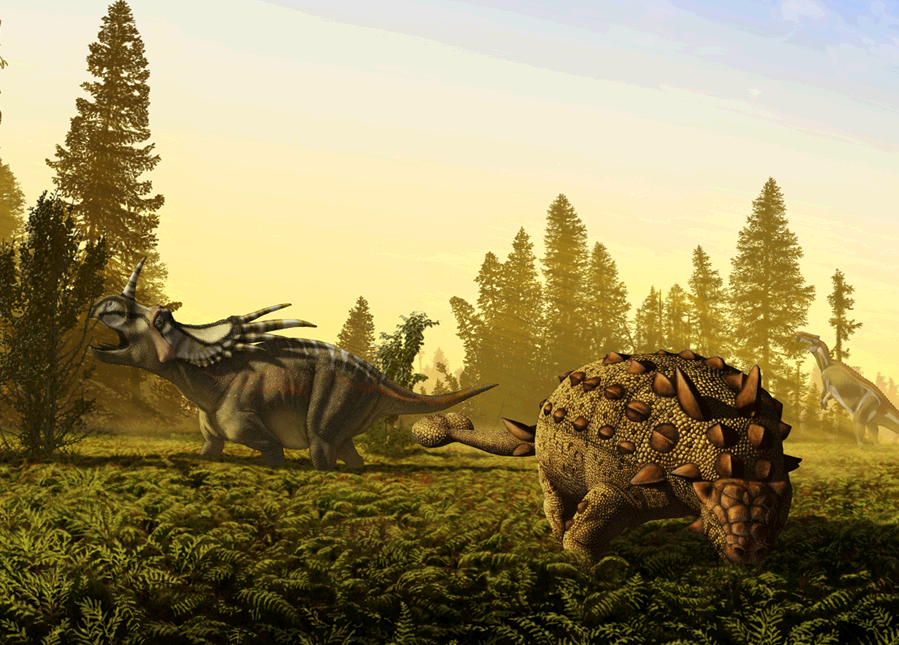
Forget the image of solitary, dim-witted beasts stumbling through prehistoric forests. Many dinosaur species developed complex social structures that rivaled those of modern mammals. Fossil evidence reveals that numerous species traveled in herds, coordinated hunting strategies, and even displayed parental care behaviors.
This social intelligence provided multiple survival advantages: shared vigilance against predators, cooperative hunting techniques, and protection of young until they could fend for themselves. While other creatures relied solely on individual survival instincts, dinosaurs had the power of community on their side.
Dietary Flexibility That Conquered All Niches
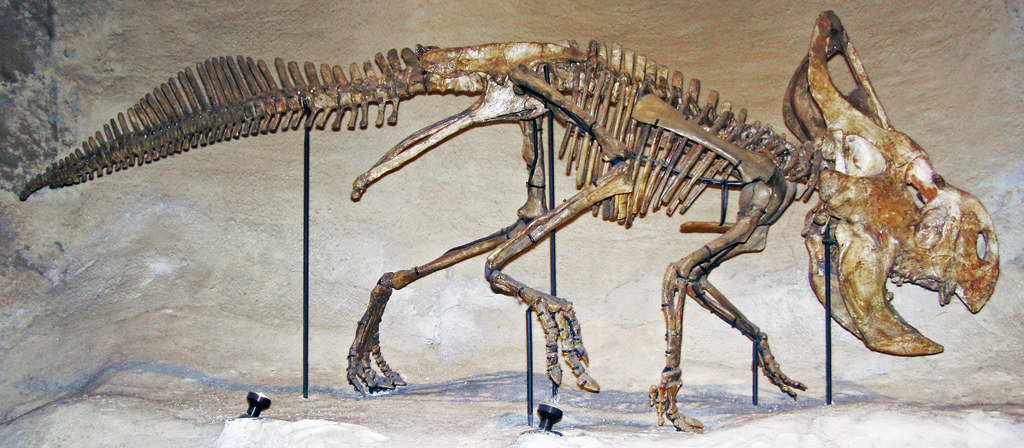
One of the most remarkable aspects of dinosaur success was their incredible dietary diversity. From massive, long-necked sauropods that stripped leaves from towering trees to fierce predators with bone-crushing jaws, dinosaurs evolved to exploit virtually every available food source.
This adaptability meant that when environmental conditions changed or food sources shifted, dinosaurs could pivot and find new ways to survive. Some species even developed specialized digestive systems that allowed them to process tough, fibrous plant material that other animals couldn’t digest, giving them exclusive access to abundant food sources.
The Size Advantage Strategy
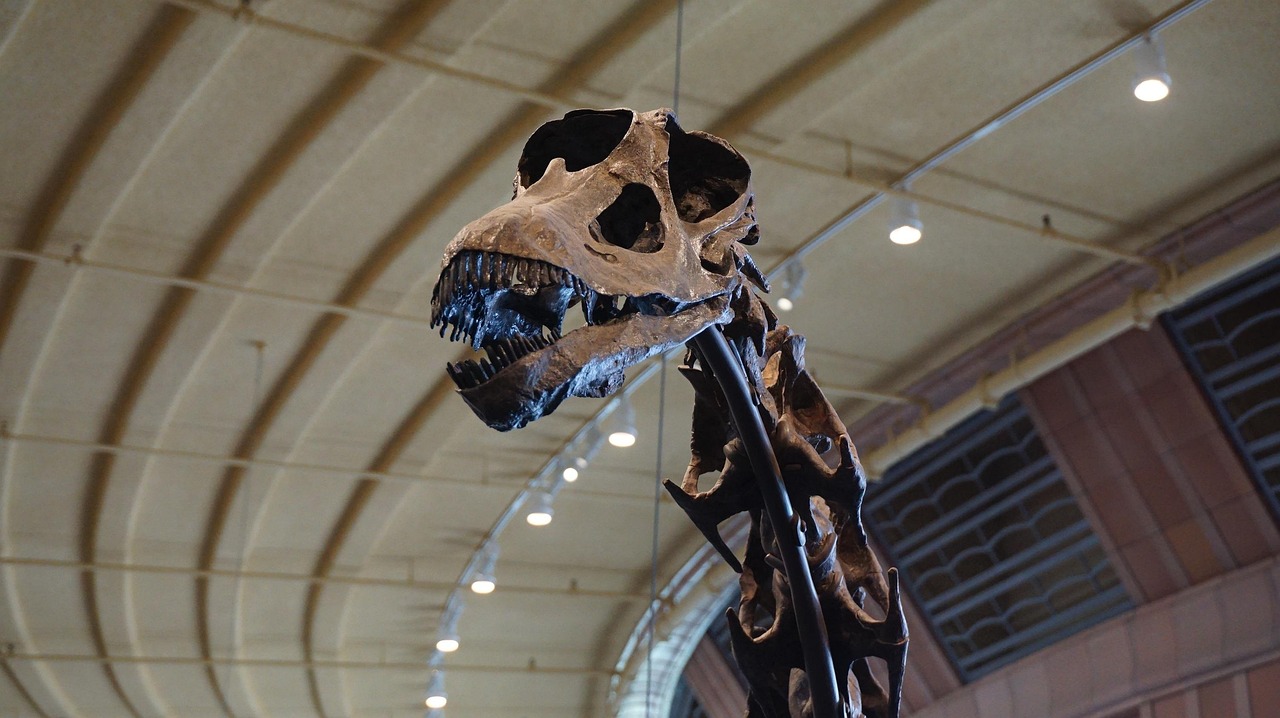
Size mattered in the dinosaur world, and these creatures pushed the boundaries of what was physically possible. The largest dinosaurs achieved sizes that modern land animals can’t even approach, with some sauropods reaching lengths of over 100 feet and weights exceeding 70 tons.
This massive size served multiple purposes: it deterred predators, allowed access to food sources at various heights, and provided thermal advantages through better heat retention. Smaller dinosaurs, meanwhile, evolved incredible speed and agility, occupying niches that larger competitors couldn’t access.
Rapid Reproduction and Growth Rates
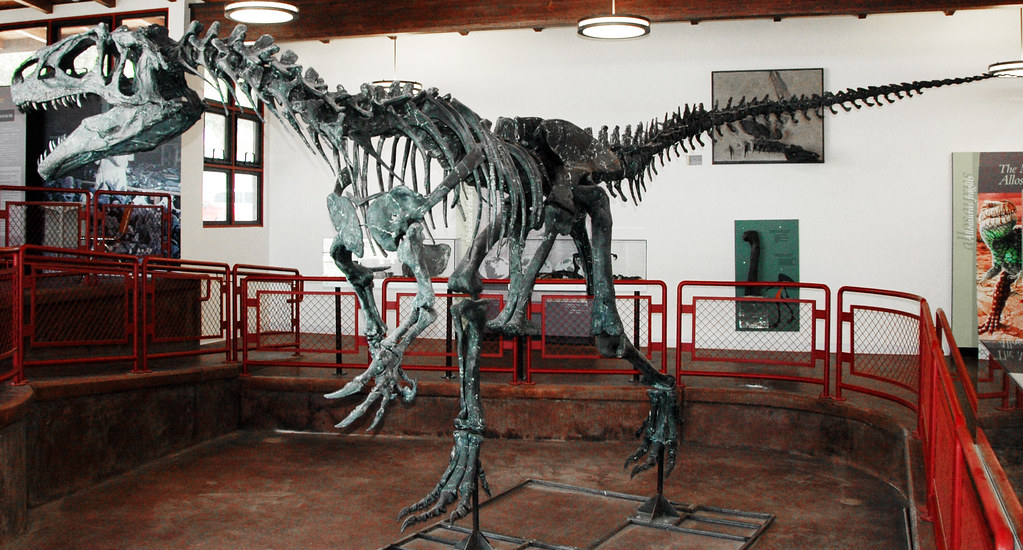
Unlike many reptiles that grew slowly and reproduced infrequently, dinosaurs developed remarkably fast growth rates and efficient reproductive strategies. Some species could reach adult size in just a few years, allowing them to quickly replace population losses and adapt to changing conditions.
This rapid development meant dinosaur populations could bounce back from setbacks much faster than their competitors. When disasters struck or resources became scarce, dinosaurs could rebuild their numbers while other species were still struggling to recover.
Evolutionary Adaptability and Diversification
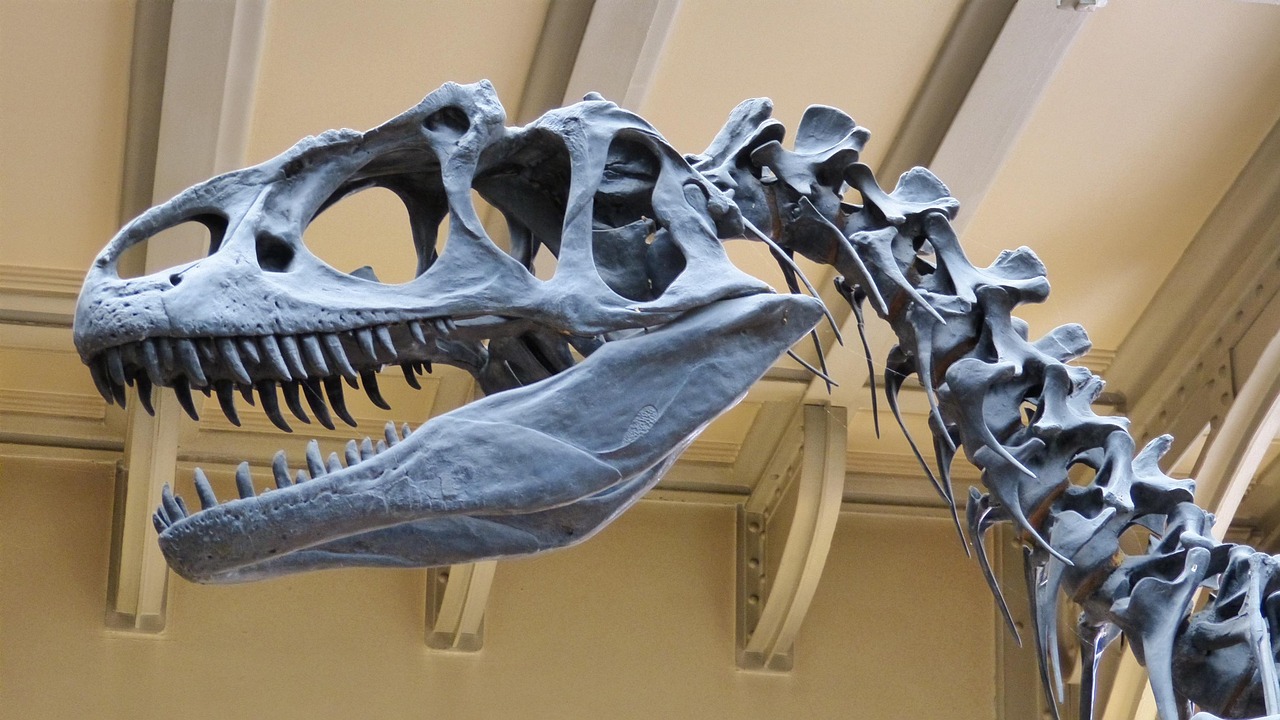
Perhaps the most impressive aspect of dinosaur success was their incredible ability to diversify and adapt to new environments. Over their 165-million-year reign, dinosaurs evolved into an astounding variety of forms, from tiny feathered creatures to massive armored behemoths.
This evolutionary flexibility allowed dinosaurs to colonize virtually every terrestrial habitat on Earth. When new ecological niches opened up, dinosaurs were quick to evolve specialized adaptations to exploit them, often outcompeting other animals for these resources.
Advanced Sensory Systems
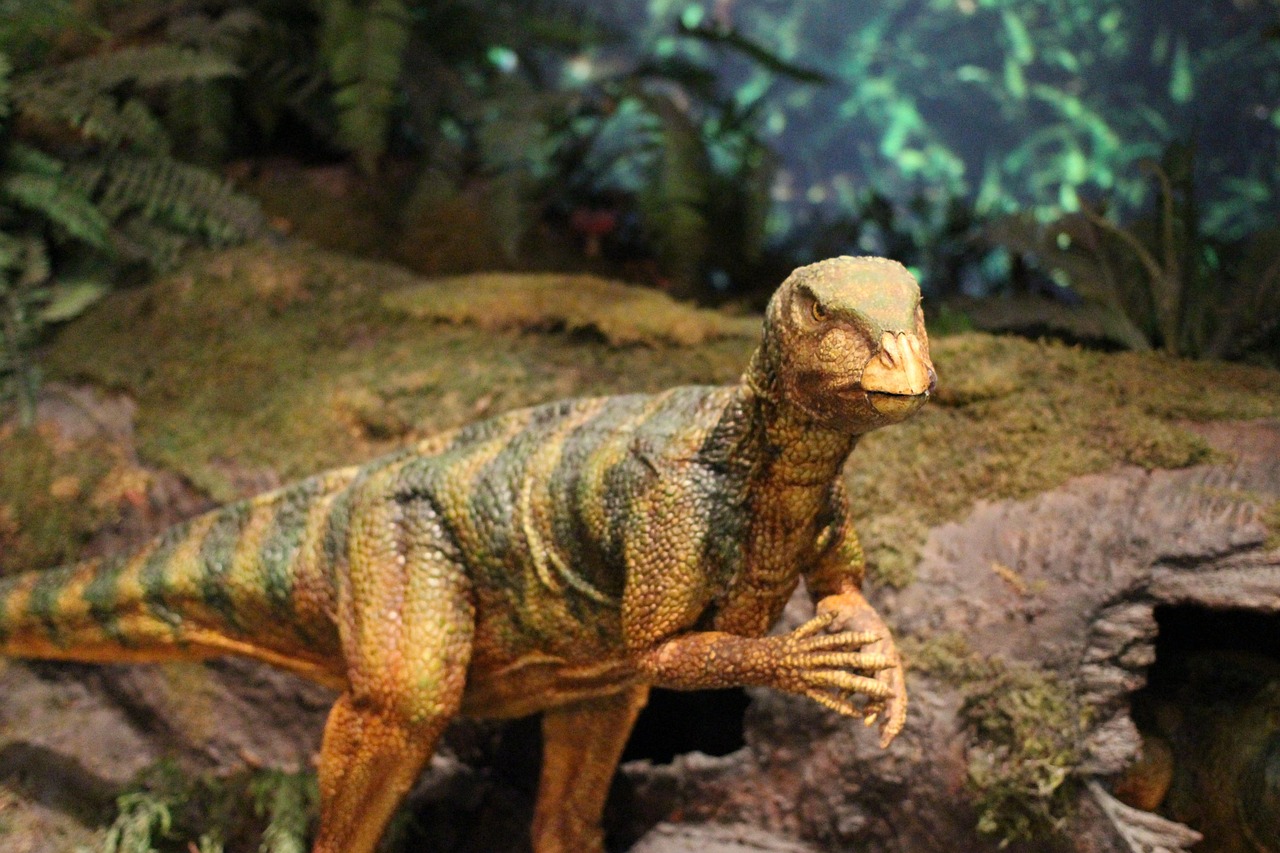
Recent research has revealed that many dinosaurs possessed sophisticated sensory capabilities that gave them significant advantages in their environments. Some species had excellent night vision, others developed acute hearing, and certain predators had enhanced senses of smell that could detect prey from great distances.
These sensory advantages allowed dinosaurs to be more effective hunters, better at avoiding predators, and more successful at finding food and mates. While other animals stumbled through their world with limited sensory input, dinosaurs had a much clearer picture of their surroundings.
Efficient Metabolism and Energy Use
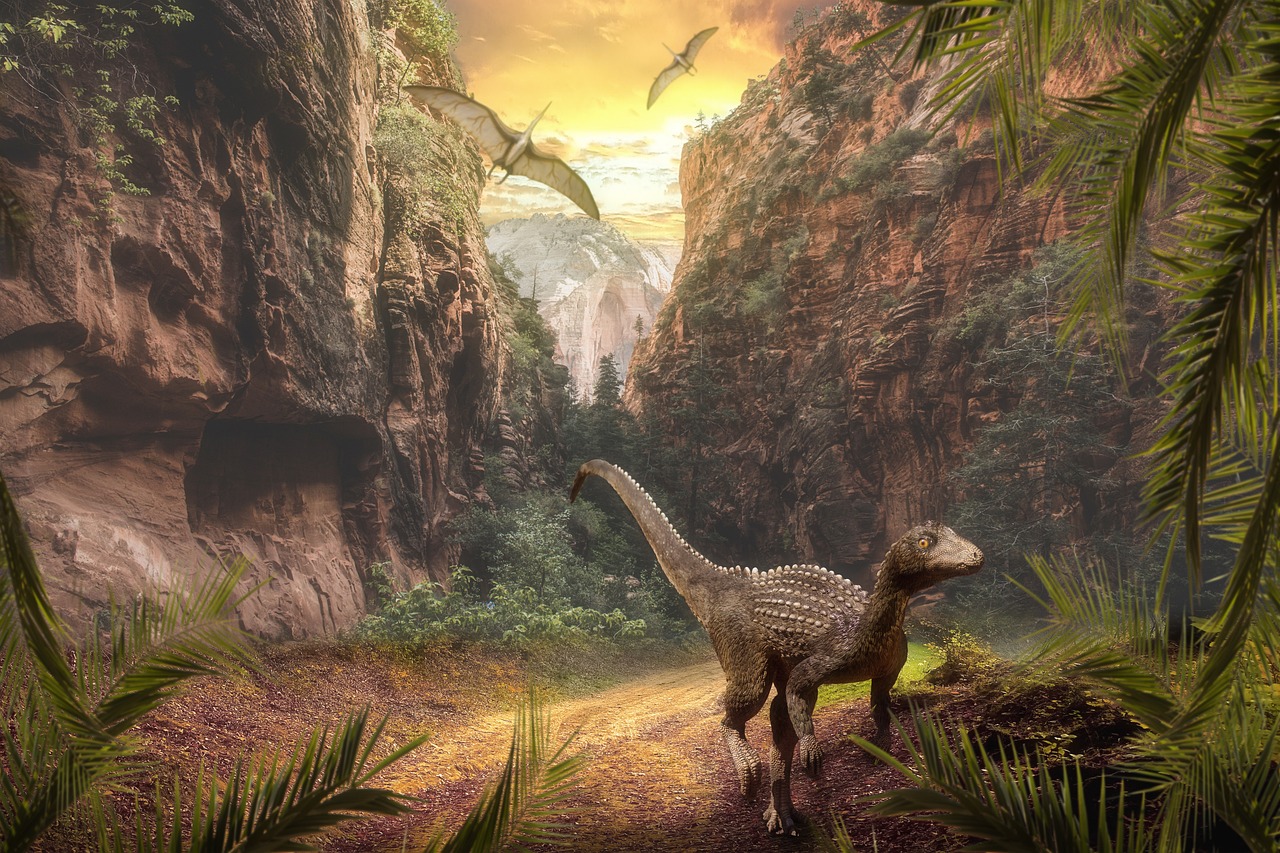
The combination of warm-blooded metabolism and efficient body design gave dinosaurs a significant edge in energy utilization. They could extract more energy from their food and use it more effectively than their cold-blooded competitors.
This metabolic efficiency meant dinosaurs could survive on less food during lean times and had more energy available for growth, reproduction, and territorial defense. It was like having a more fuel-efficient engine that could go further on the same amount of gas.
Parental Care and Nesting Behaviors
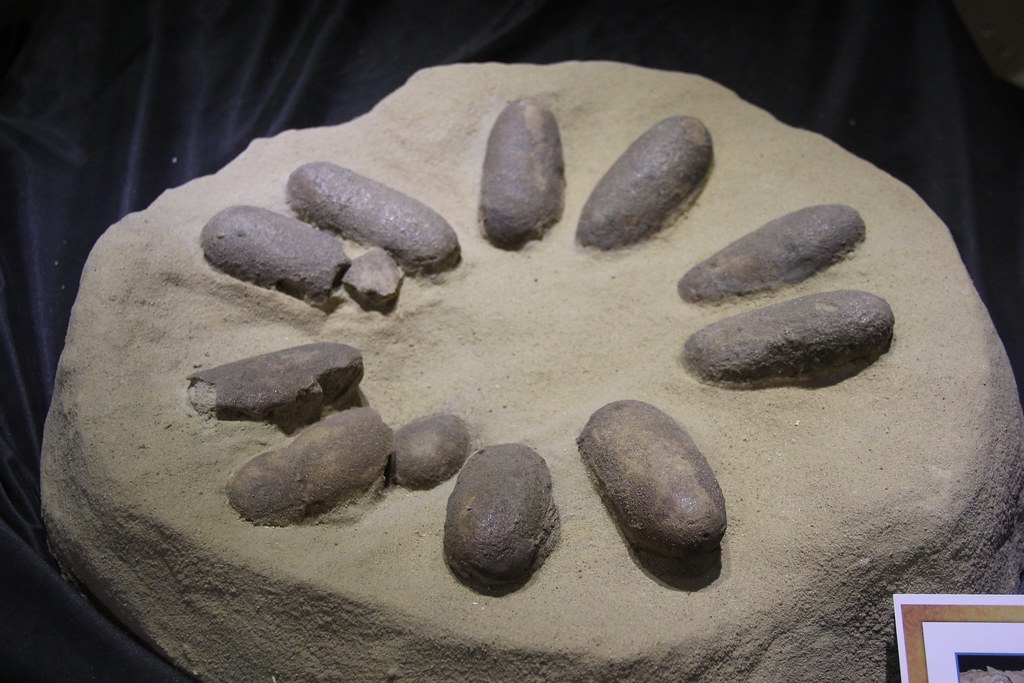
Evidence from fossil nests and eggs reveals that many dinosaur species invested heavily in parental care, a behavior that dramatically increased offspring survival rates. Some species built elaborate nests, incubated their eggs, and protected their young long after hatching.
This investment in the next generation meant that dinosaur populations were more stable and resilient than those of species that simply laid eggs and abandoned them. The protected young had much better chances of surviving to reproductive age, ensuring the continuation of successful genetic lineages.
Communication and Coordination
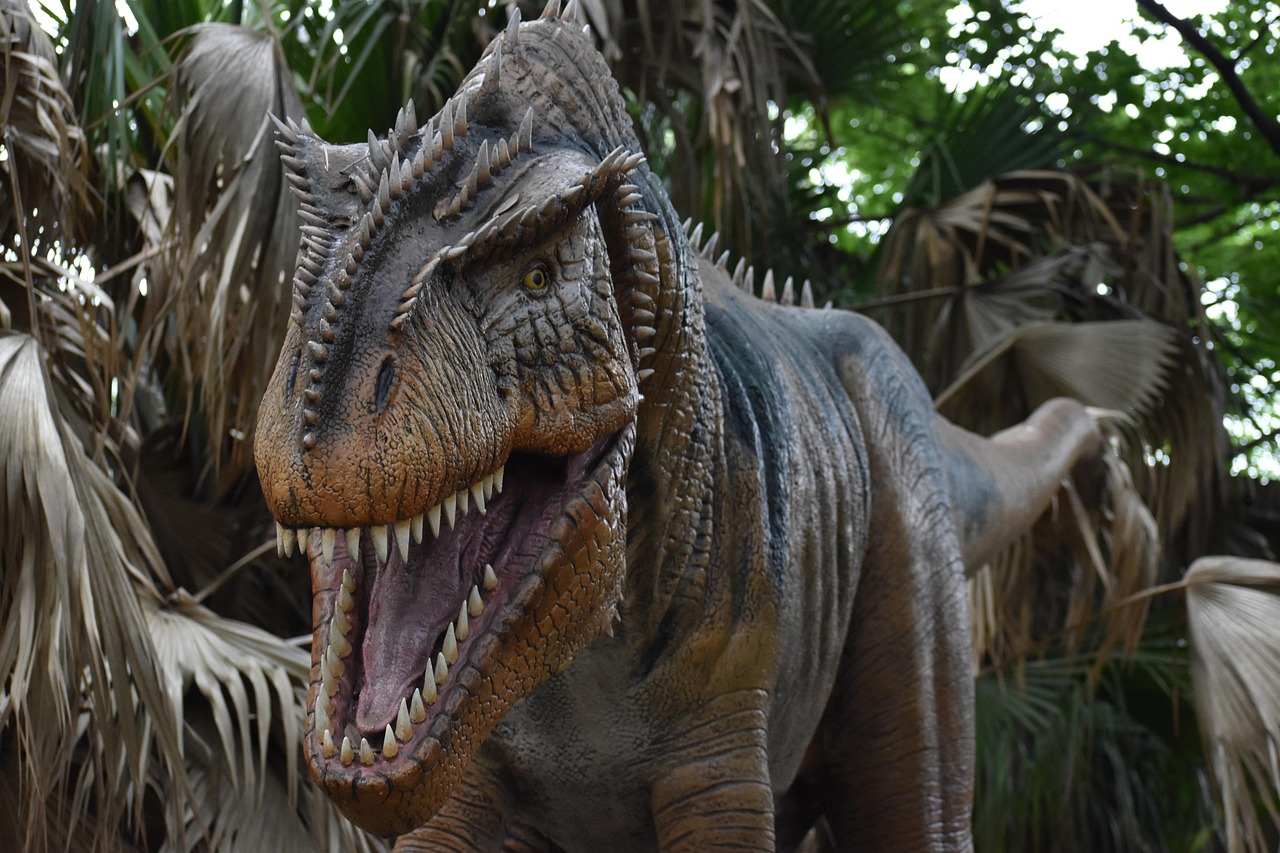
Dinosaurs developed sophisticated communication systems that allowed for complex social interactions and coordinated behaviors. From the trumpeting calls of hadrosaurs to the visual displays of crested species, these animals could share information about food sources, danger, and mating opportunities.
This communication ability enhanced their survival prospects by allowing groups to respond quickly to threats, coordinate hunting strategies, and maintain social bonds that provided mutual protection. It was like having a prehistoric internet that kept communities connected and informed.
Timing and Opportunity
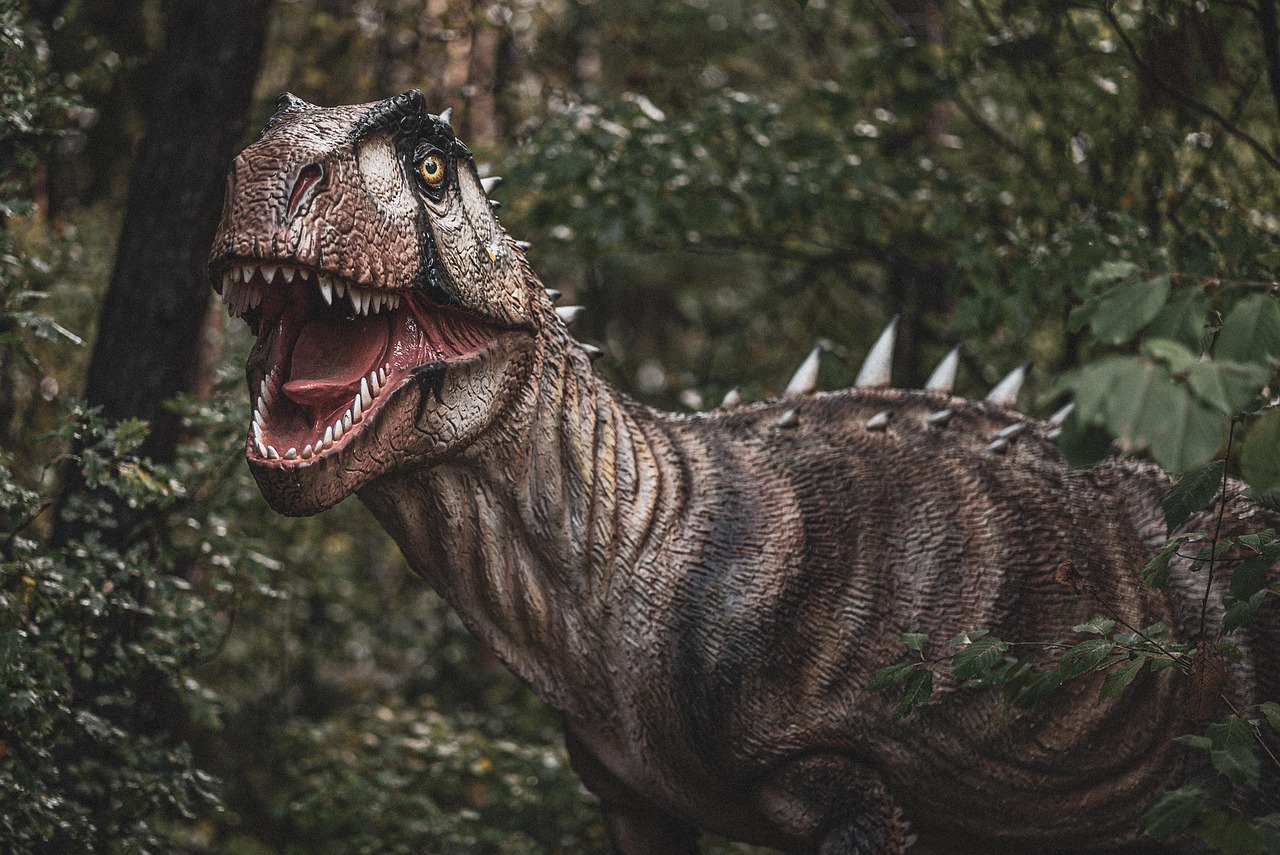
Sometimes success isn’t just about superior adaptations—it’s about being in the right place at the right time. Dinosaurs emerged during a period when ecological niches were opening up following major extinction events, giving them opportunities to establish themselves before competitors could respond.
Their early success created a momentum that carried them through subsequent challenges. Once dinosaurs had established dominance in various ecological roles, it became increasingly difficult for other groups to displace them, creating a positive feedback loop of success.
The Legacy of Triumph

The story of dinosaur success isn’t just about ancient history—it’s a testament to the power of adaptive innovation and evolutionary flexibility. These remarkable creatures didn’t just survive; they thrived for an almost incomprehensibly long time, leaving behind a legacy that continues to shape our understanding of life on Earth.
Their descendants, the birds, carry forward many of the same adaptations that made dinosaurs so successful, proving that winning evolutionary strategies can endure across hundreds of millions of years. The next time you watch a bird soar through the sky, remember that you’re witnessing the continuation of one of evolution’s greatest success stories.
What other “extinct” lineages might still be thriving around us in forms we haven’t yet recognized?

